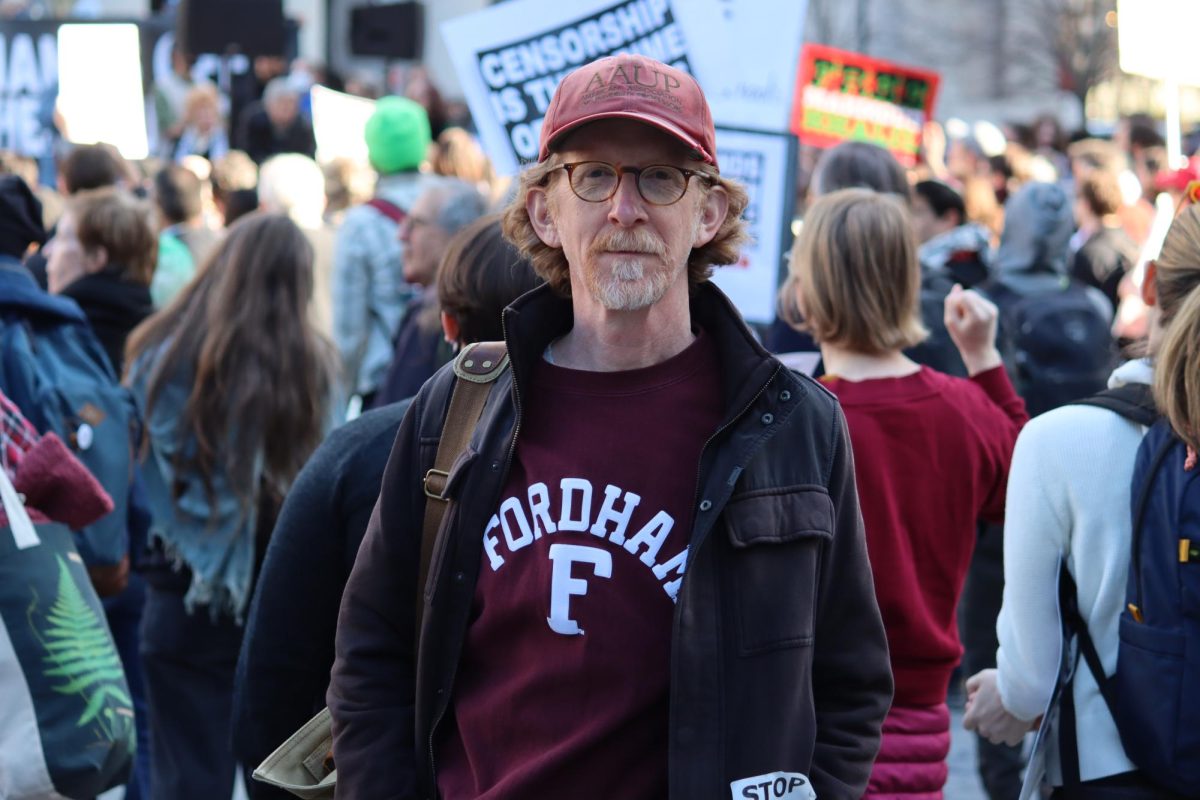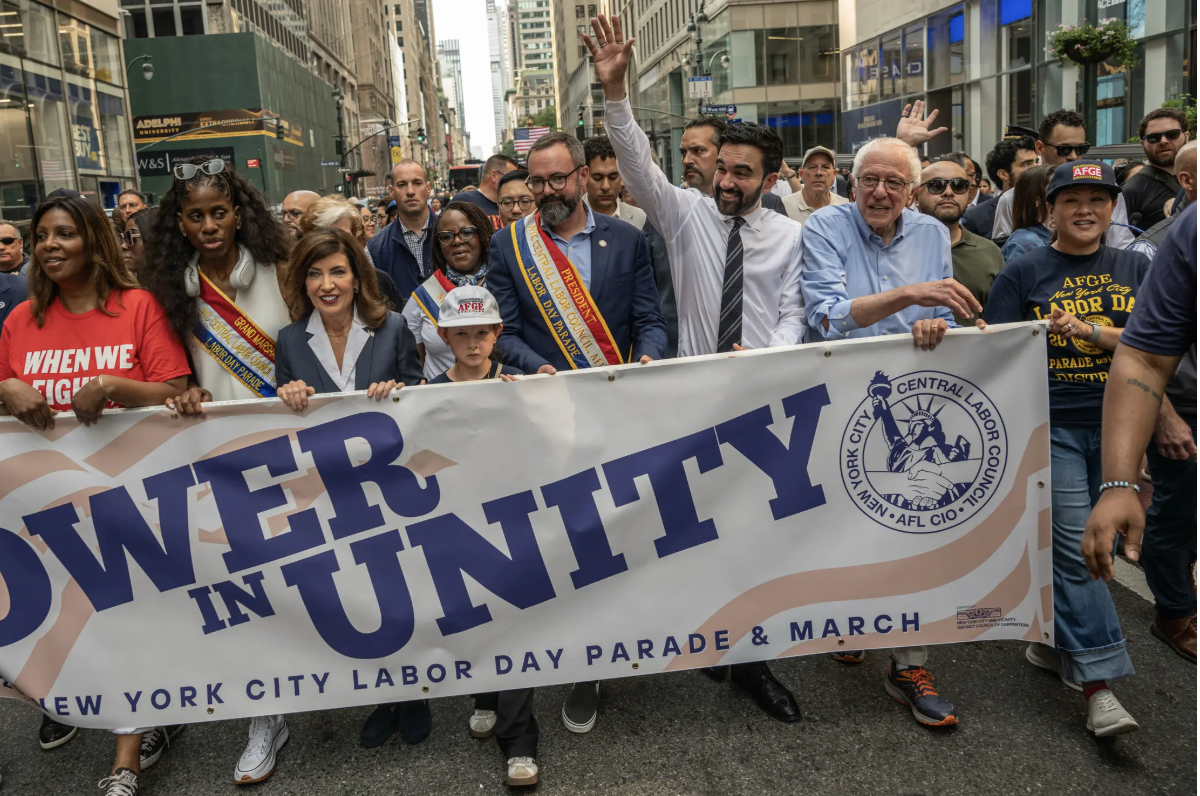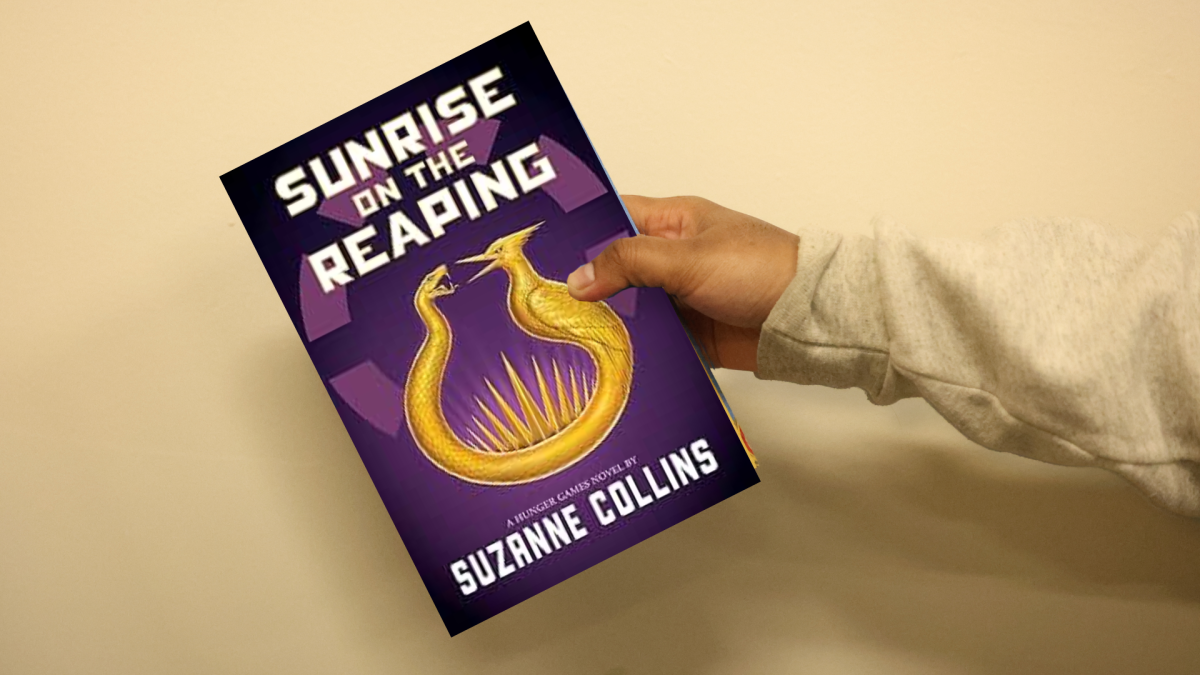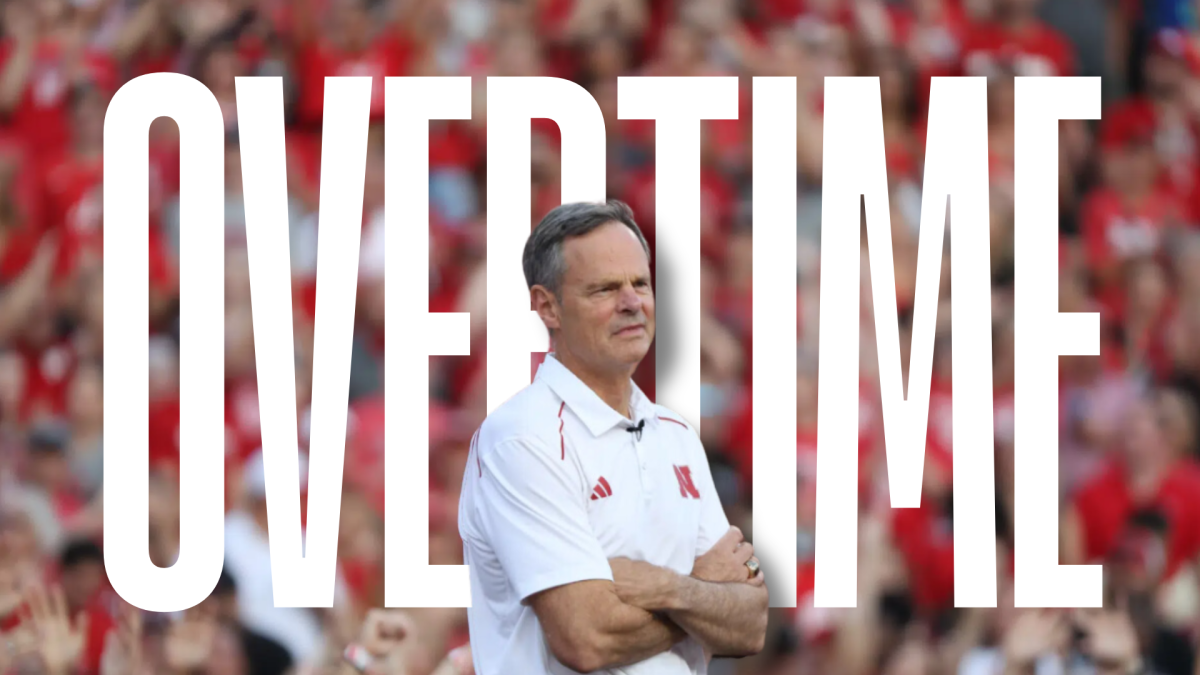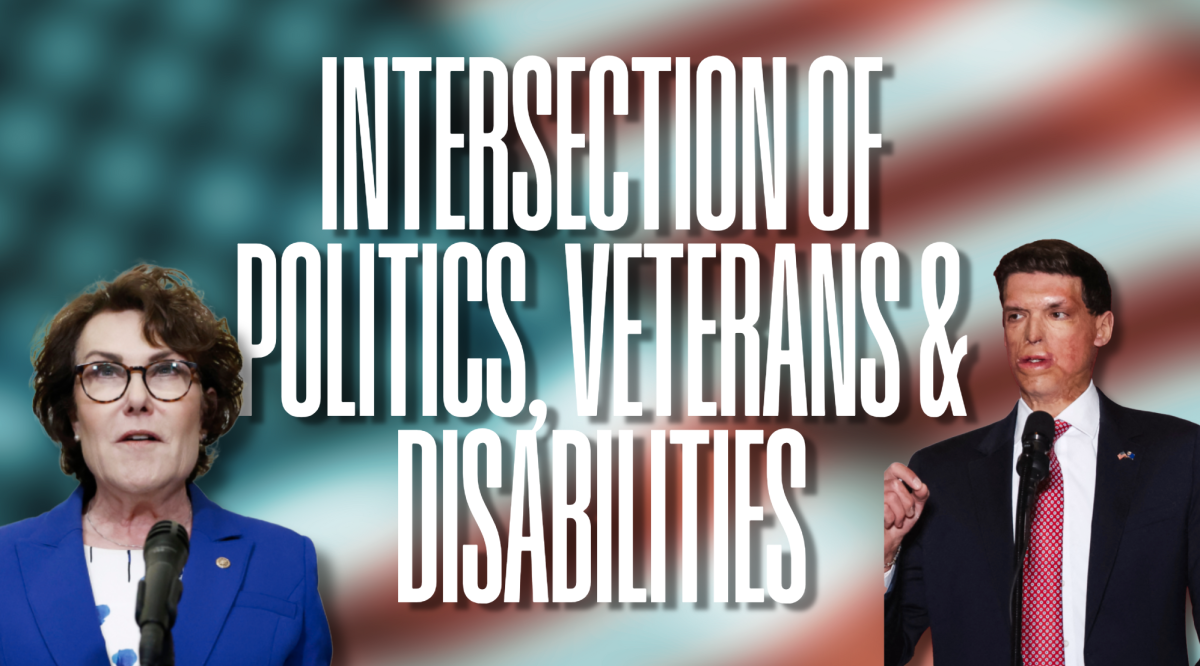By CAMILLE DANIELICH
CONTRIBUTING WRITER

When Rachel Frederickson stepped out of the darkness on “The Biggest Loser” finale, shock and awe quickly spread across the faces of Bob Harper and Jillian Michaels, two of the show’s longtime trainers. Their reactions ranged from falteringly positive to ambiguous as Michaels mouthed “Oh my God” to Harper in response to the drastic transformation. Frederickson, 24, who stands between five-foot-four-inches and five-foot-five-inches, began the show at 260 pounds and stepped out at Tuesday’s finale at 105 pounds. This makes her the slimmest Biggest Loser in the show’s 15-season history with a 59.62 percent body weight loss.
Social media whiplash was fierce, but not wholly unexpected. Accusations of anorexia swirled, as did bitter criticism of the show’s premise and practices. Ultimately, Biggest Loser Frederickson spoke out, stating that she “has never felt this great,” and that she now sees a “strong and confident woman.”
NBC issued a statement in the face of accusations that “The Biggest Loser’s” unhealthy environment and extreme pressure foster potentially destructive behavior, saying, “we remain committed to helping contestants achieve healthy weight loss and live healthier lifestyles, and to inspiring viewers to do the same.”
Considering the short three-month time span between the departure from the “Biggest Loser” ranch and the finale, concerns from fans about a 158 pound weight loss from an already slim contestant are valid; on Tuesday, Rachel Frederickson’s BMI was 18.0. While it is worthwhile to note that BMI is not always an accurate measure of health, those with a BMI under 18.5 are considered “underweight,” and recent rulings have prevented models under that number from walking on runways in Israel, Milan and Madrid. It is important to remember that Rachel’s dramatic weight loss is linked to an enormous monetary incentive. The less she weighed, the higher her chance to win a big prize — $250,000.
Unfortunately, “The Biggest Loser” represents widespread societal values and subsequent returns on a smaller scale. We have seen Rachel Frederickson’s physique many times before on almost every Hollywood actress, female newscaster or entertainment host.
Startling slimness, prominent cheekbones and small sizes have long stereotyped female representation in the media to such a degree that it has become a standard nearly impossible for most to emulate healthfully. This prevalence of and preference for thinness extends to the wide variety of jobs held by women. In a 2010 study published by the American Psychological Association, researchers concluded that “the smallest income gap between genders occurs at thin weights (where men are penalized and women are rewarded)” and that “a woman who is average weight earns $389,300 less across a 25-year career than a woman who is 25 pounds below average weight.”
A man 25 pounds below average weight can be expected to earn about $200,000 less (over 25 years) than one of average weight.
Concern and backlash over weight losses like Frederickson’s have not really extended to those employed in television and film positions, perhaps implying a sort of societal hypocrisy on the necessity and normality of maintaining a low weight in these occupations. The pressure to be thin will continue, unfettered, until shows like “The Biggest Loser” and industries dealing with public relations and entertainment stop rewarding women and men for the lowest body weight percentages they can achieve. While public concern and anger over the possibility of a “Biggest Loser” contestant’s health lapse are hallmarks of future change, until concern is equitably distributed across all professions, the social stigma toward low weight and the relationship between income and weight cannot be overcome.






